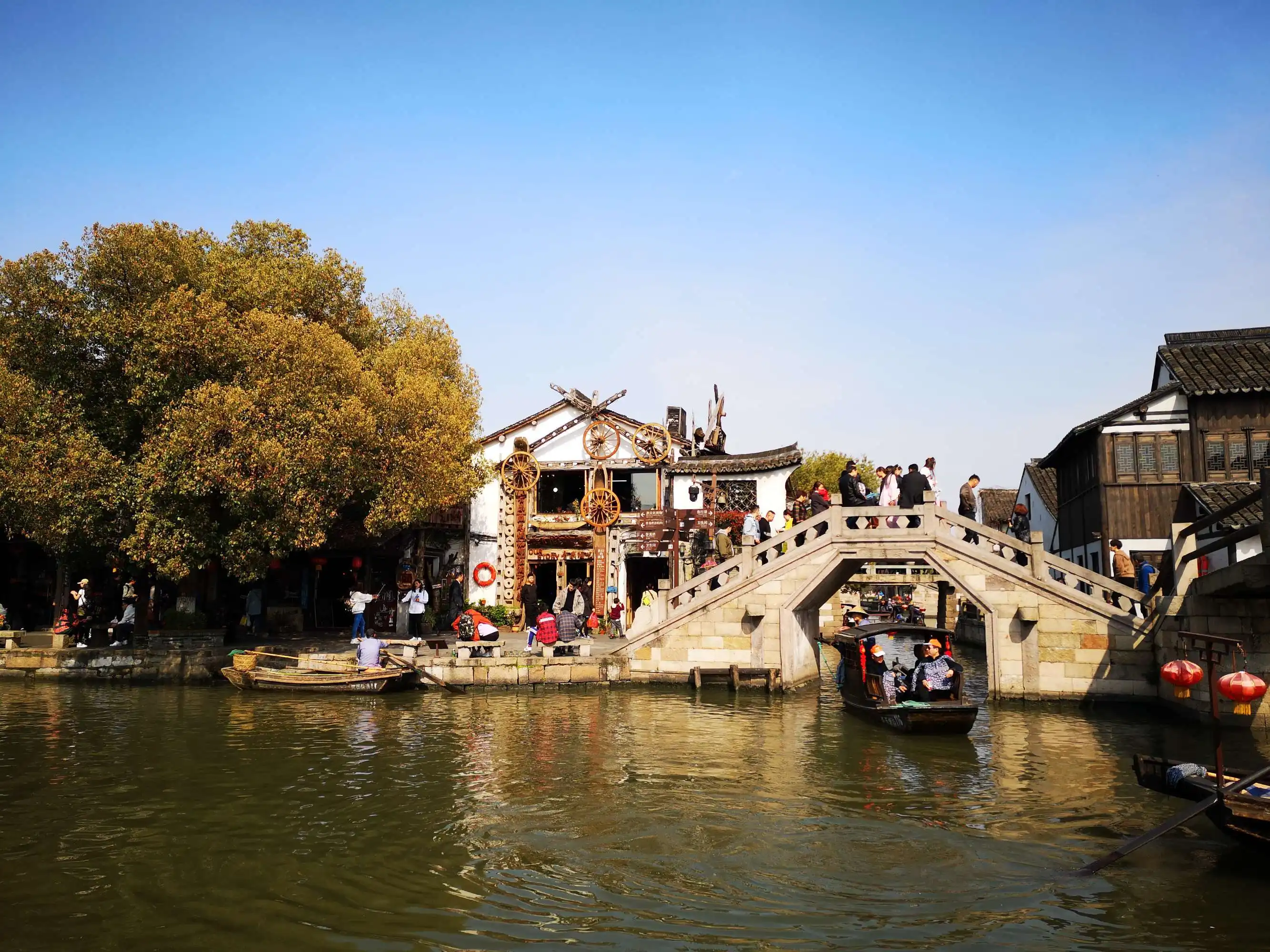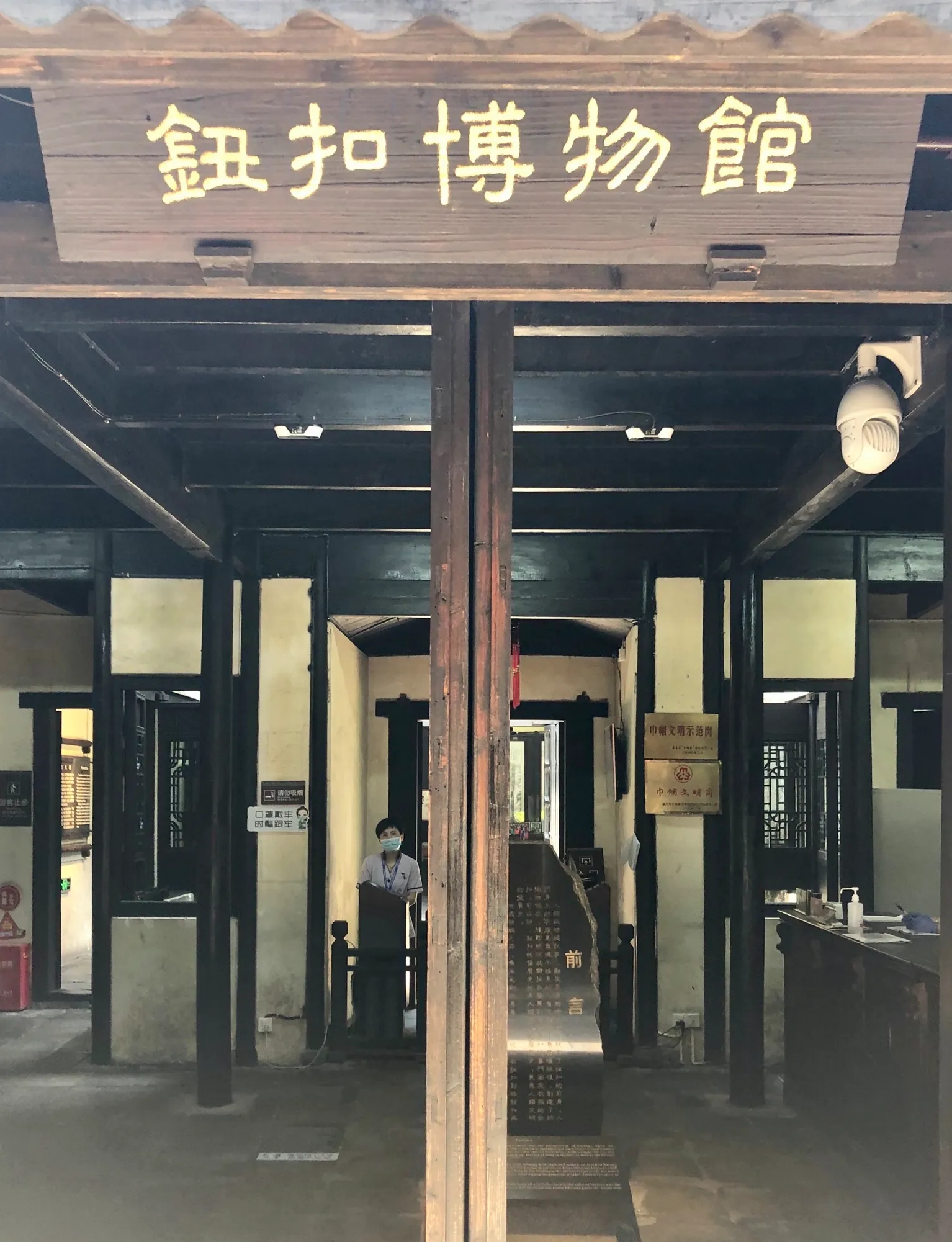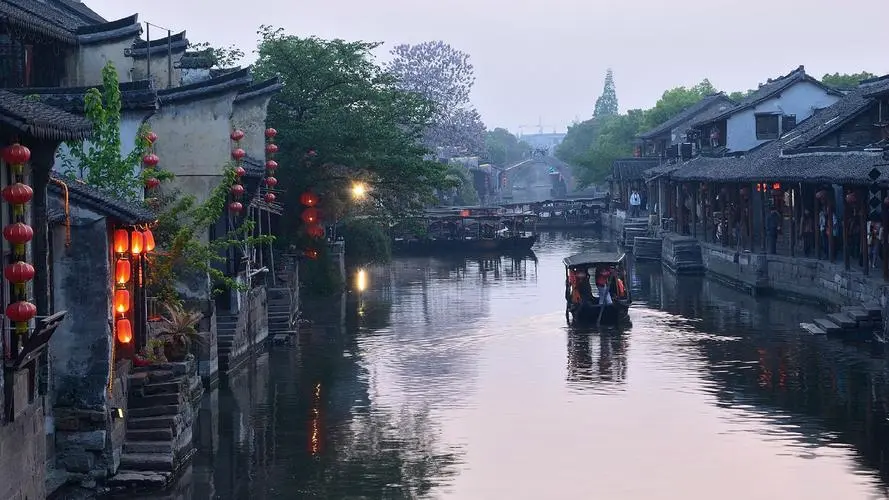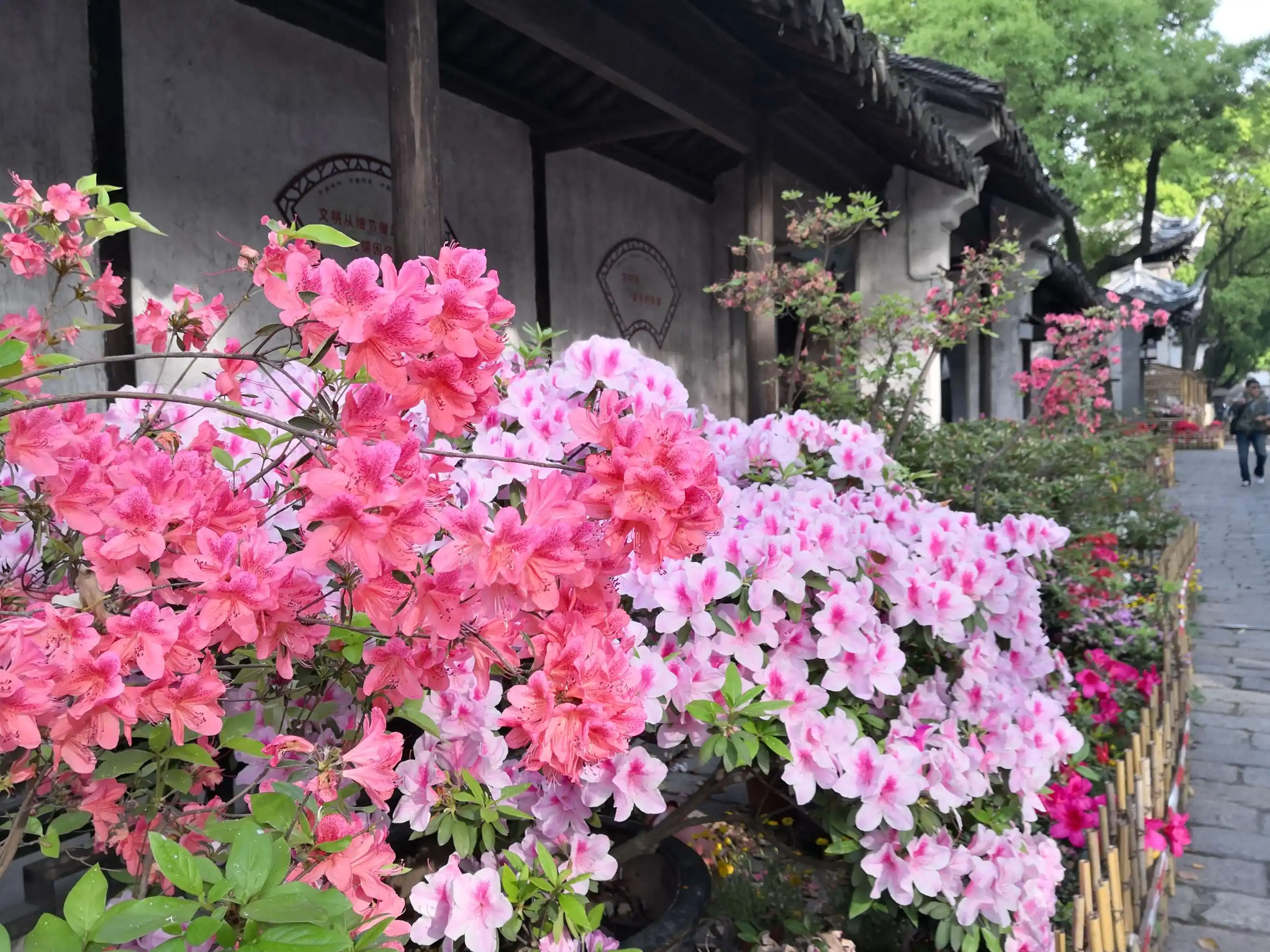Overview
Chinese Name: 西塘古镇
English Name: Xitang Ancient Town; Xitang Water Town; Xitangguzhen
Location: Zhejiang
Type: Ancient culture and art
Rating Level: AAAAA (5A)
Website: http://xitang.com.cn/index.html

Brief Introduction
Xitang Ancient Town belongs to Jiaxing City, Zhejiang Province. It is located at the junction of Jiangsu, Zhejiang, and Shanghai, with a superior geographical position. The transportation is convenient, 90 kilometers away from Shanghai in the East, 110 kilometers away from Hangzhou in the West, and 85 kilometers away from Suzhou in the north.
Xitang Ancient Town is listed in the preliminary list of China’s world cultural heritage by the State Administration of cultural relics. It is also one of the first batches of historical and cultural towns in China. It is a national AAAAA tourist scenic spot and won the outstanding achievement award for world heritage protection. Xitang has a long history and is one of the birthplaces of ancient Wuyue culture吴越文化. On February 25, 2017, it was newly promoted as a national 5A level tourist attraction.

Xitang is flat and densely covered with rivers. There are 9 rivers crossing in the town, dividing the town into 8 plates. 24 stone bridges connect the five areas of the ancient town. Most of these ancient bridges are single-hole stone column wooden beam bridges, which have been fully protected so far.

Lane is another feature of Xitang. It is divided into Street Lane connecting two parallel streets, Water Lane connecting the street in front and the river in the back, and companion Lane on the side of the hall in the mansion. 122 lanes are staggered horizontally and vertically, forming the overall framework of the ancient town and connecting the new and old towns.
What are worth visiting and seeing?
Architectures
Shi Pi Nong石皮弄 is located at the end of Xitang West Street, with a total length of 68 meters. It is paved with 216 stone slabs with a thickness of only three centimeters. It is the corridor between Wangjia Zunwen hall and Zhongfu hall. As the skin of the sewer, the thin slate is called Shi Pi Nong. Its widest part is 1.1 meters, and its narrowest part is only 0.8 meters. Above it is a narrow sky. Therefore, Shi Pi Nong has the saying “a line of the sky”一线天 in Xitang.

Wufu Bridge五福桥 is located in Shaoxianggang烧香港, east of Ni Tianzeng’s倪天增 ancestral residence exhibition hall. It is a single-hole stone slab bridge with a length of 14 meters and a span of 7.5 meters. It is one of the oldest bridges in Xitang Ancient Town. It was built in the Zhengde正德 period of the Ming Dynasty and was built in the 27th year of Guangxu光绪 in the Qing Dynasty (1901).

The Button Museum is located on West Street and has six exhibition halls: An ancient button display area, a modern button display area, a modern button display area, a shell button production process display area, a button application area, and a Chinese knot display area. There are masters in the Museum who interpret the shell button production process.

Most of the rain corridors in Xitang are concentrated in commercial districts such as Beizha street北栅街, the Nanzha street南栅街, and Chaonandai朝南埭. The so-called rain corridor is actually a street with a roof. Some along the river are also equipped with back benches. Most of them are brick and wood structures, generally, 2-2.5 meters wide, which can not only shade but also avoid rain.

Cultural heritage
As a carrier of traditional cultural relics, Xitang has a thousand years of rich folk grass-roots cultural accumulation. Tiange田歌 is the original ecological folk song of the Han nationality, the first batch of intangible cultural protection projects in Zhejiang Province, and also the world’s intangible cultural heritage.
Although affected by various factors, many ancient trees are facing the threat of extinction, the planting enthusiasts in the ancient town try their best to protect them so that many ancient and famous trees are still preserved in the ancient town. The oldest trees in the ancient town are two Ginkgo trees of the Ming Dynasty, which have a history of more than 600 years. It has witnessed the historical development of the whole ancient town.

Rhododendron is the town flower of Xitang. It has a long history of the planting and can be traced back to the middle of the Qing Dynasty. According to the records in the latest edition of Xitang town annals, there were 145 species of azaleas in Xitang, including 50 species of spring cuckoos, 28 species of summer cuckoos, and 59 species of West cuckoos, and 8 species of hairy cuckoos.
There were 119 households planting azaleas. Xitang, known as the “hometown of rhododendrons”, has a total of more than 5000 pots of rhododendrons in its heyday, and a variety of varieties, some of which have won awards in previous national Rhododendron festivals.

The Magical Xitang Water Town – Ancient Town Nearby Shanghai, Day Trip From Hangzhou (西塘古镇)
You might be interested in: